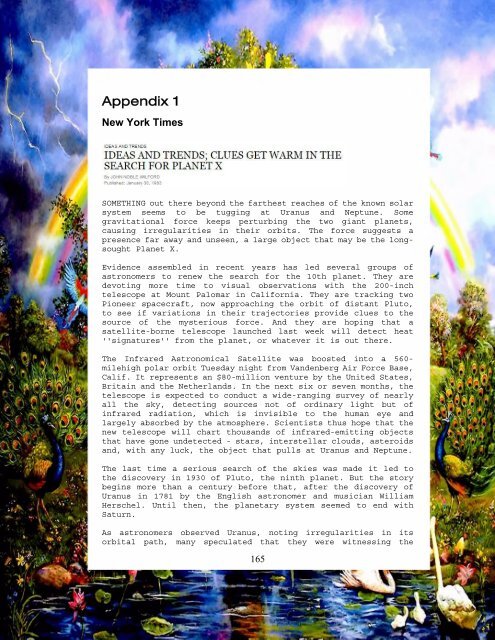Returning to Goloka
The Earth is on course for an Extinction Level Event (ELE) that will cause massive global destruction and loss of life for more than 90% of the world’s population. The scientific and circumstantial evidence is overwhelming that such an event is on the horizon, and we would be wrong to ignore it when there is a viable solution for comfortable survival and prosperity. This book is for those who are destined to reach the other side of this disaster and be among the first generation of a world that will literally be the start of a new age for Mankind.
The Earth is on course for an Extinction Level Event (ELE) that will
cause massive global destruction and loss of life for more than 90% of the
world’s population. The scientific and circumstantial evidence is
overwhelming that such an event is on the horizon, and we would be wrong
to ignore it when there is a viable solution for comfortable survival and
prosperity. This book is for those who are destined to reach the other side of
this disaster and be among the first generation of a world that will literally be
the start of a new age for Mankind.
You also want an ePaper? Increase the reach of your titles
YUMPU automatically turns print PDFs into web optimized ePapers that Google loves.
Appendix 1<br />
New York Times<br />
SOMETHING out there beyond the farthest reaches of the known solar<br />
system seems <strong>to</strong> be tugging at Uranus and Neptune. Some<br />
gravitational force keeps perturbing the two giant planets,<br />
causing irregularities in their orbits. The force suggests a<br />
presence far away and unseen, a large object that may be the longsought<br />
Planet X.<br />
Evidence assembled in recent years has led several groups of<br />
astronomers <strong>to</strong> renew the search for the 10th planet. They are<br />
devoting more time <strong>to</strong> visual observations with the 200-inch<br />
telescope at Mount Palomar in California. They are tracking two<br />
Pioneer spacecraft, now approaching the orbit of distant Plu<strong>to</strong>,<br />
<strong>to</strong> see if variations in their trajec<strong>to</strong>ries provide clues <strong>to</strong> the<br />
source of the mysterious force. And they are hoping that a<br />
satellite-borne telescope launched last week will detect heat<br />
''signatures'' from the planet, or whatever it is out there.<br />
The Infrared Astronomical Satellite was boosted in<strong>to</strong> a 560-<br />
milehigh polar orbit Tuesday night from Vandenberg Air Force Base,<br />
Calif. It represents an $80-million venture by the United States,<br />
Britain and the Netherlands. In the next six or seven months, the<br />
telescope is expected <strong>to</strong> conduct a wide-ranging survey of nearly<br />
all the sky, detecting sources not of ordinary light but of<br />
infrared radiation, which is invisible <strong>to</strong> the human eye and<br />
largely absorbed by the atmosphere. Scientists thus hope that the<br />
new telescope will chart thousands of infrared-emitting objects<br />
that have gone undetected - stars, interstellar clouds, asteroids<br />
and, with any luck, the object that pulls at Uranus and Neptune.<br />
The last time a serious search of the skies was made it led <strong>to</strong><br />
the discovery in 1930 of Plu<strong>to</strong>, the ninth planet. But the s<strong>to</strong>ry<br />
begins more than a century before that, after the discovery of<br />
Uranus in 1781 by the English astronomer and musician William<br />
Herschel. Until then, the planetary system seemed <strong>to</strong> end with<br />
Saturn.<br />
As astronomers observed Uranus, noting irregularities in its<br />
orbital path, many speculated that they were witnessing the<br />
165


